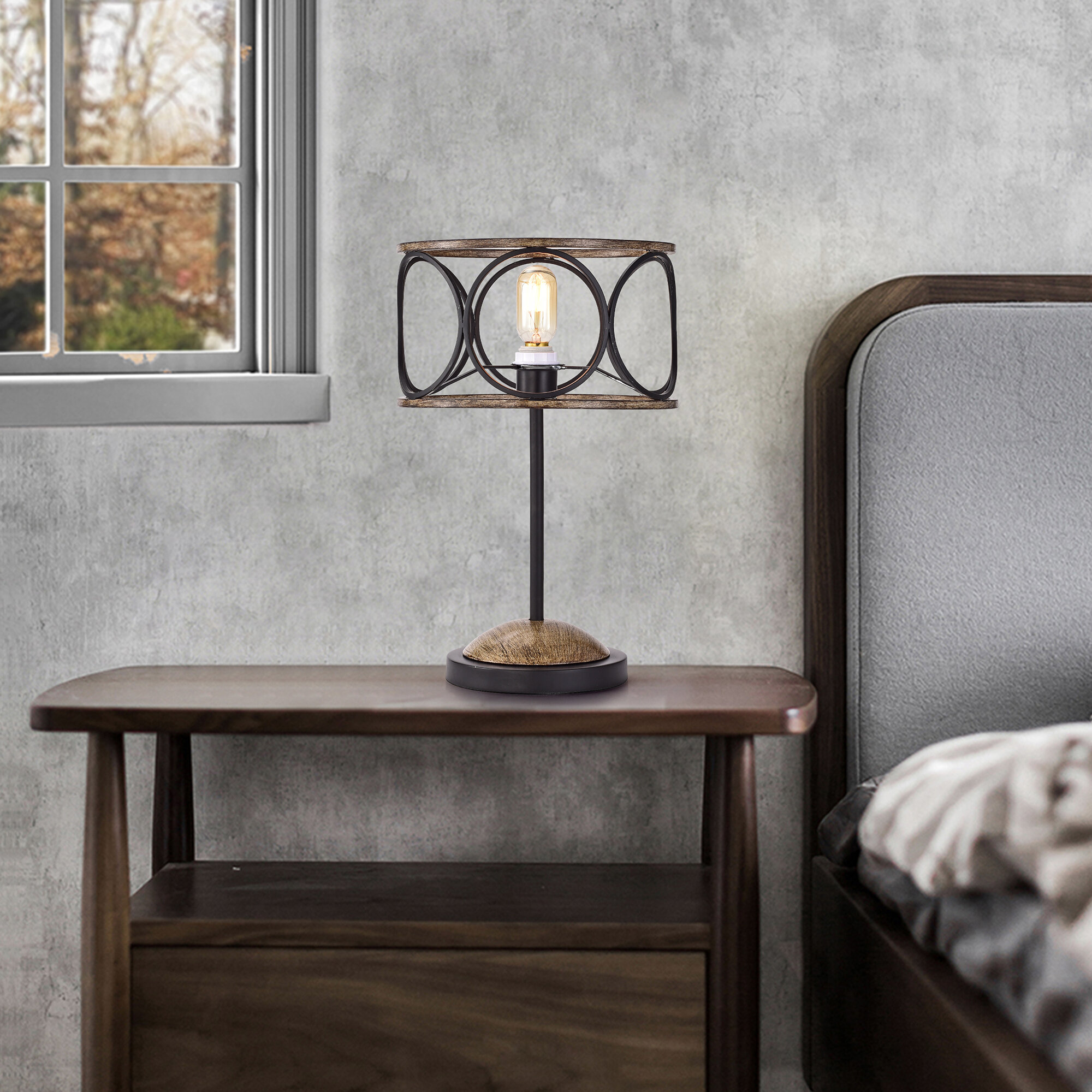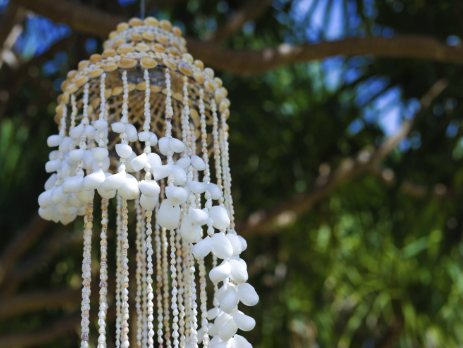When assessing a chandelier’s condition, several key factors must be considered. The overall structure should be inspected for stability and security, checking for loose or damaged parts such as broken arms or missing crystals. The wiring and electrical components should be examined to ensure they are in good working order and comply with current safety codes.
Cleanliness and appearance are also important aspects of chandelier assessment. Over time, chandeliers can accumulate dust, dirt, and grime, which can diminish their beauty and luster. Areas requiring cleaning or polishing should be identified to restore the chandelier’s original appearance.
The chandelier’s style and design should also be taken into account. Determining whether it is a classic, traditional design or a more modern, contemporary style can guide decisions regarding cleaning, polishing, and potential updates to its overall appearance.
Cleaning and Polishing
Restoring the Beauty of Your Chandelier
Cleaning and Polishing Crystal Chandeliers
Once the condition of the chandelier Vexlighting has been assessed, the next step is to clean and polish it to restore its beauty and shine. For crystal chandeliers, a gentle cleaning solution and soft cloth can be used to remove dust and grime from the crystals. It’s important to avoid using harsh chemicals or abrasive materials, as these can damage the delicate surfaces of the crystals.
Cleaning and Polishing Glass and Metal Chandeliers
For chandeliers with glass or metal components, a similar approach can be taken, using a mild cleaning solution and soft cloth to remove dirt and grime. It’s important to pay attention to any intricate details or decorative elements, as these may require special care during the cleaning process.
Specialized Care for Intricate Chandeliers
In some cases, professional cleaning services may be necessary to ensure that the chandelier is properly cleaned and polished without causing any damage. This can be especially important for larger or more intricate chandeliers that require specialized care.
Updating the Design
Updating the design of a chandelier can be a great way to breathe new life into an old or outdated fixture. There are several ways to update the design of a chandelier, depending on the style and materials involved. One option is to replace or update the shades or covers on the chandelier.
This can be a relatively simple and cost-effective way to change the overall look and feel of the fixture. For example, replacing traditional fabric shades with sleek, modern glass covers can give a chandelier a more contemporary look. Another option for updating the design of a chandelier is to add decorative elements or accents.
This could include adding new crystals or beads, or incorporating decorative elements such as flowers or leaves. These additions can help enhance the overall aesthetic of the chandelier and give it a fresh, updated look. In some cases, more extensive updates may be necessary, such as replacing outdated or damaged components with new materials.
This could involve updating the metal finish or adding new decorative elements to enhance the overall design of the chandelier.
Replacing or Repairing Parts
When assessing the condition of a chandelier, it’s important to take note of any parts that may need to be replaced or repaired. This could include broken arms, missing crystals, damaged wiring, or other components that are no longer functioning properly. In some cases, it may be possible to repair damaged parts of the chandelier, such as reattaching loose arms or replacing missing crystals.
However, in other cases, it may be necessary to replace these parts entirely in order to restore the chandelier to its former glory. When replacing or repairing parts of a chandelier, it’s important to ensure that any new components are compatible with the existing fixture. This may involve finding replacement parts that match the style and design of the original chandelier, or working with a professional to custom-make new components as needed.
In some cases, it may be more cost-effective to replace the entire chandelier rather than attempting to repair or replace individual parts. This decision will depend on the extent of the damage and the overall condition of the fixture.
Choosing the Right Bulbs
Choosing the right bulbs for a chandelier is an important consideration when updating or restoring its overall look and functionality. There are several factors to consider when selecting bulbs for a chandelier, including the type of lighting desired, energy efficiency, and compatibility with the fixture. One option for chandelier bulbs is traditional incandescent bulbs, which provide a warm, soft light that is often preferred for creating a cozy and inviting atmosphere.
However, these bulbs are not as energy-efficient as other options and may need to be replaced more frequently. Another option is LED bulbs, which are highly energy-efficient and long-lasting. LED bulbs come in a variety of color temperatures and can be dimmable, making them a versatile choice for chandeliers.
Additionally, LED bulbs produce less heat than incandescent bulbs, which can help preserve the overall condition of the chandelier. When choosing bulbs for a chandelier, it’s important to consider the wattage and size of the bulbs in relation to the fixture. Using bulbs that are too large or too bright can overwhelm the chandelier’s design, while using bulbs that are too small may not provide adequate lighting for the space.
Hanging and Positioning
Considering the Room’s Dimensions
When hanging a chandelier, it’s essential to consider the height of the ceiling and the size of the room to achieve a balanced and proportional look. This ensures that the chandelier has a significant visual impact and can illuminate the space effectively.
Achieving Adequate Clearance and Visual Impact
In general, a chandelier should be positioned at least 30 inches above any tables or surfaces to provide adequate clearance and visual impact. This allows for a comfortable and unobstructed view of the surrounding area.
Matching the Chandelier to the Room’s Style
The overall style and design of the room should also be considered when positioning a chandelier. For example, in a formal dining room, the chandelier should be centered over the dining table and positioned at a height that allows for comfortable conversation and dining without obstructing views.
Adjusting the Hanging Height or Position
In some cases, it may be necessary to adjust the hanging height or position of a chandelier to achieve the desired look and functionality. This could involve working with a professional electrician or installer to ensure that the chandelier is securely mounted and properly positioned.
Adding Accents and Decorations
Adding accents and decorations to a chandelier can be a great way to enhance its overall aesthetic and create a unique focal point in a room. There are several ways to add decorative elements to a chandelier, depending on its style and design. One option is to incorporate decorative chains or ropes around the arms or base of the chandelier.
This can add visual interest and texture to the fixture while complementing its overall design. Another option is to add decorative elements such as flowers, leaves, or beads to the arms or base of the chandelier. These additions can help enhance the overall aesthetic of the fixture and create a more personalized look.
In some cases, it may be possible to add decorative shades or covers to individual bulbs on a chandelier in order to create a more customized look. This could involve using fabric covers or decorative glass shades to add color and texture to the lighting. Overall, adding accents and decorations to a chandelier can help enhance its overall aesthetic and create a unique focal point in any room.
By carefully considering these options and taking into account the style and design of the fixture, it’s possible to create a truly stunning and personalized look for any chandelier.




